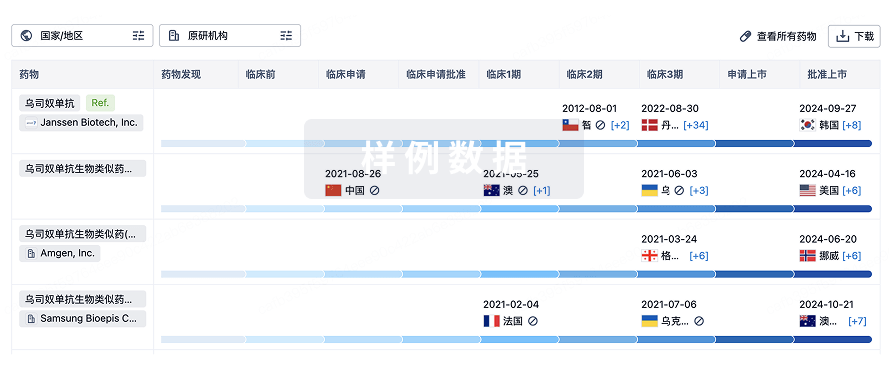1区 · 生物学
Article
作者: Shah, Pranav N M ; Owens, Raymond J ; Zhao, Yuguang ; Tree, Julia A ; Buttigieg, Karen R ; Radecke, Julika ; Moynié, Lucile ; Dumoux, Maud ; Townsend, Alain R ; Zhou, Daming ; Elmore, Michael J ; Vogirala, Vinod K ; Duyvesteyn, Helen M E ; Ward, Philip N ; Stuart, David I ; Gilbert-Jaramillo, Javier ; Huo, Jiandong ; Tan, Tiong Kit ; Clare, Daniel K ; Ren, Jingshan ; Coombes, Naomi ; James, William ; Ruza, Reinis R ; Naismith, James H ; Weckener, Miriam ; Le Bas, Audrey ; Carrique, Loic ; Harrison, Peter J ; Malinauskas, Tomas ; Rijal, Pramila ; Carroll, Miles W ; Mikolajek, Halina ; Knight, Michael L
The SARS-CoV-2 virus is more transmissible than previous coronaviruses and causes a more serious illness than influenza. The SARS-CoV-2 receptor binding domain (RBD) of the spike protein binds to the human angiotensin-converting enzyme 2 (ACE2) receptor as a prelude to viral entry into the cell. Using a naive llama single-domain antibody library and PCR-based maturation, we have produced two closely related nanobodies, H11-D4 and H11-H4, that bind RBD (KD of 39 and 12 nM, respectively) and block its interaction with ACE2. Single-particle cryo-EM revealed that both nanobodies bind to all three RBDs in the spike trimer. Crystal structures of each nanobody-RBD complex revealed how both nanobodies recognize the same epitope, which partly overlaps with the ACE2 binding surface, explaining the blocking of the RBD-ACE2 interaction. Nanobody-Fc fusions showed neutralizing activity against SARS-CoV-2 (4-6 nM for H11-H4, 18 nM for H11-D4) and additive neutralization with the SARS-CoV-1/2 antibody CR3022.







